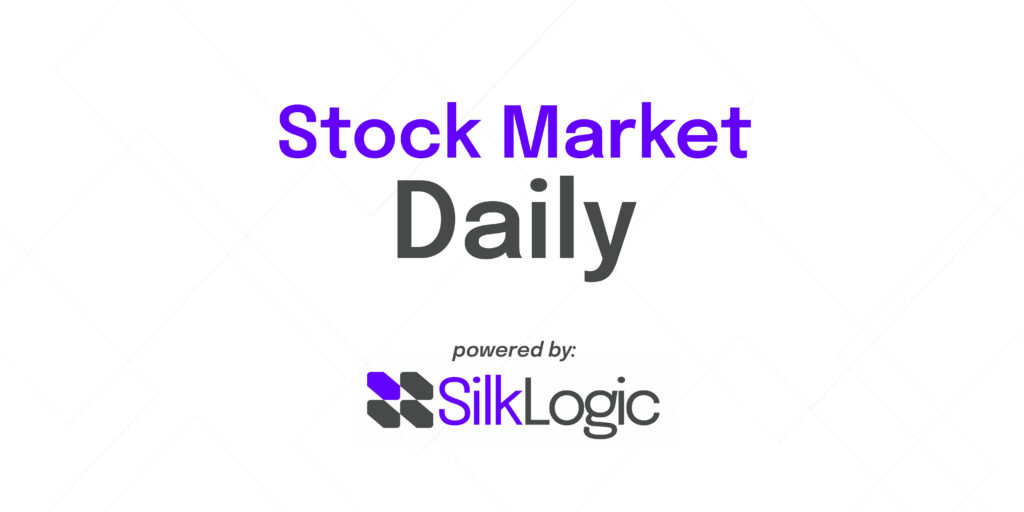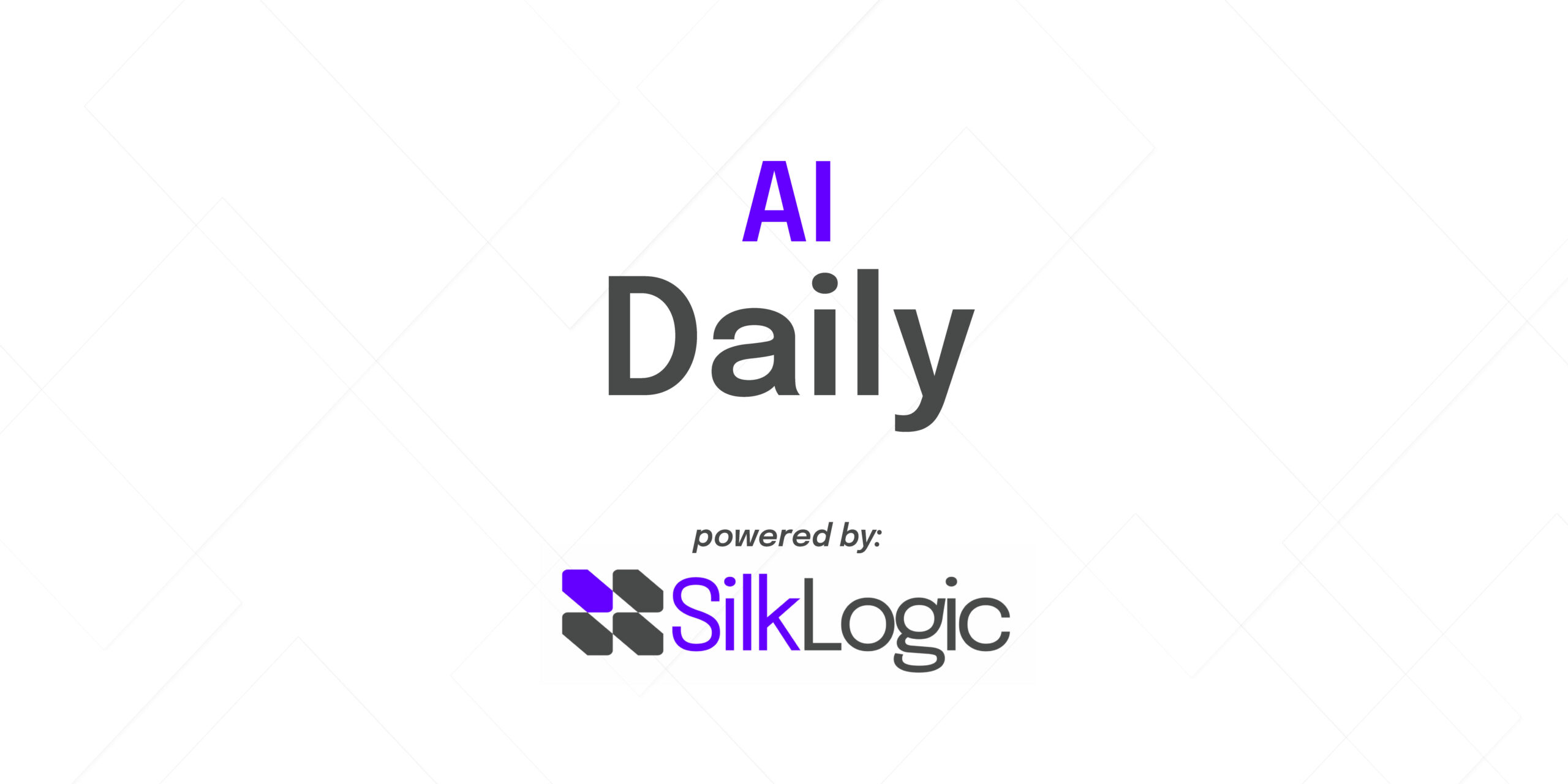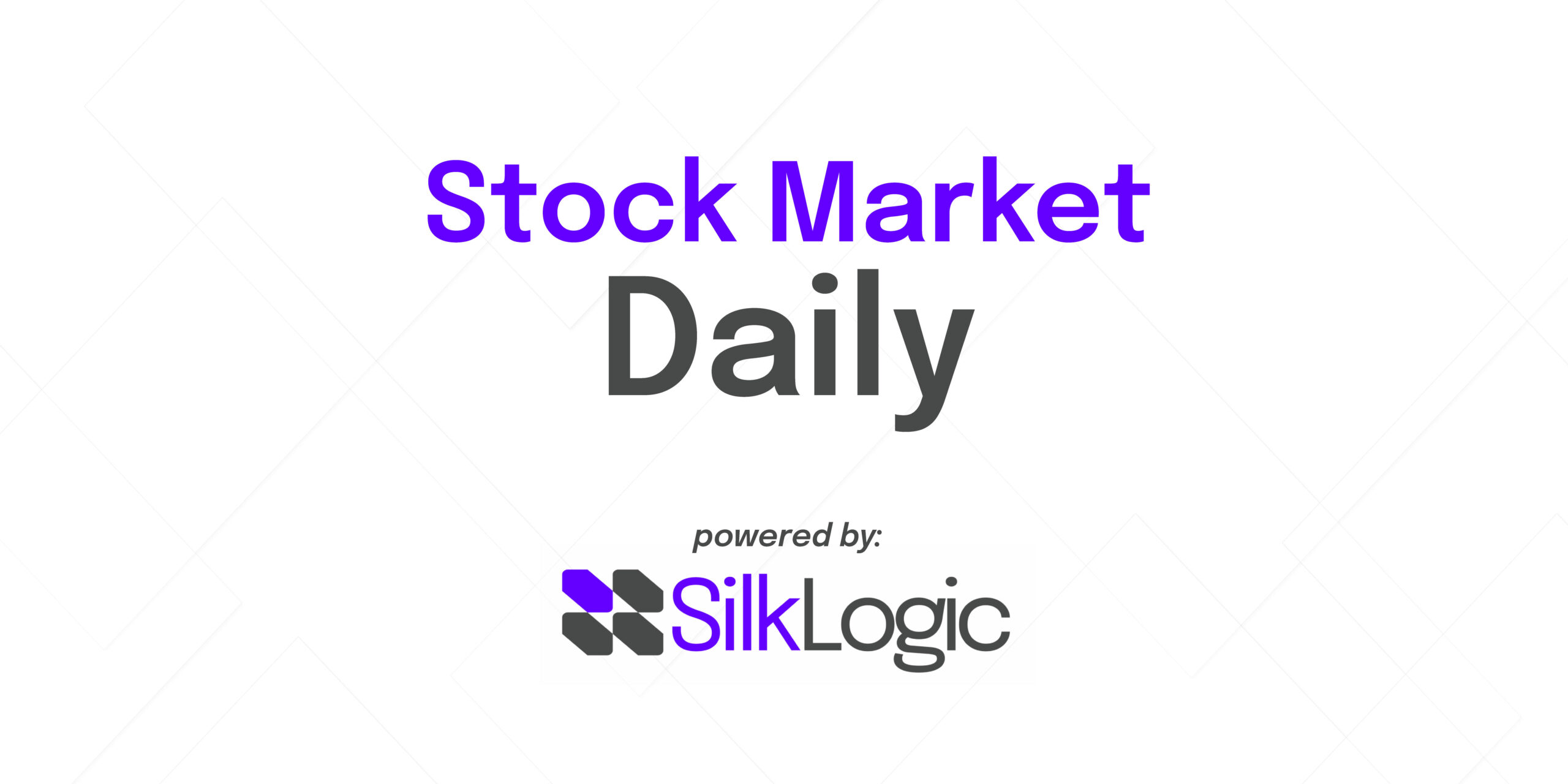Listen to today’s podcast: https://www.youtube.com/channel/UC-nqwUyvLDEvs7bV985k-gQ
Stock Market Daily Podcast 11/05/2025
Today’s podcast episode was created from the following stories:
Goldman Sachs and Morgan Stanley bosses see a big stock market correction coming
Top Wall Street chiefs warned a 10%–20% equity pullback is likely within the next 12–24 months, framing it as a normal reset after record highs. While earnings remain healthy, leaders flagged stretched valuations—especially around AI-linked names—as a reason for caution. Recent notes from central bankers and the IMF echo concerns about overexuberance reminiscent of the dot‑com era.
Palantir CEO Alex Karp thinks the haters are ‘confounded’ by his success
In a fiery shareholder letter and earnings call, Palantir’s Alex Karp touted 63% year‑over‑year sales growth to $1.18B while blasting skeptics and underscoring the company’s work with government agencies. The piece highlights both Palantir’s momentum in an AI‑driven spending cycle and the reputational and policy risks that come with its defense and surveillance footprint. Investors are weighing rapid growth against potential volatility tied to politics, contracts, and perception.
Bitcoin’s last support before $100K breaks as ‘Mag 7’ skew flips, Oracle CDS surges
Bitcoin broke below a key support near $106K, shifting focus to the $100K area with downside risk toward $94K–$85K if selling accelerates. Signals of tech-stock exuberance—like inverted Mag 7 put‑call skew—and a spike in Oracle CDS tied to heavy AI spend underscore broader risk appetite concerns. Firmer dollar dynamics and fading odds of rapid Fed cuts add pressure across risk assets.
Bitcoin nears lowest since June as U.S. government shutdown hits joint longest
BTC traded near $103K—about 20% below its recent record—as the U.S. government shutdown tied the longest on record and the dollar index pushed above 100. Risk assets softened, with tech futures pointing lower, reinforcing a cautious tone in crypto. Macro uncertainty and stronger USD flows remain headwinds.
Has Clorox become a value stock?
After a sharp pullback tied to normalization, cost pressures, and a cyberattack hangover, Clorox now trades at lower multiples with steady margins. The piece argues CLX offers modest growth, ~12.7% average operating margins, and a mid‑teens P/E—turning it into a defensive value play. Historical drawdowns underscore that even quality staples can be volatile in broad sell‑offs.
Is it time to buy Adobe stock?
The note flags Adobe trading in a historical support zone after a ~23% YTD decline amid AI competition and pricing worries. Fundamentals remain solid—~10–11% revenue growth and strong free cash flow margins—while valuation has compressed to ~21x earnings. The caveat: Adobe has a history of deep drawdowns in major market stress.
Is Tesla still beating its peers?
Tesla’s 5.1% operating margin tops many rivals but trails leaders like PACCAR, while LTM revenue growth is slightly negative. Despite an 88% 1‑year rally, Tesla’s lofty ~298x P/E raises questions about durability versus intensifying EV competition and product execution risks. The article urges peer context and risk management after a strong rebound.
5 ways to avoid bias towards action
After months of gains and stretched sentiment, Ritholtz cautions investors against knee‑jerk trading that soothes anxiety but harms outcomes. He offers practical outlets—trim speculative positions, reassess single‑stock theses, right‑size crypto, monetize idle gold, and update plans—without derailing long‑term strategy. The message: be deliberate, not reactive.
The future of asset valuation: integrating sustainability into real estate economics
Commercial real estate is shifting from green badges to verifiable performance, driven by mandates like NYC’s LL97, tenant demands, and evolving standards. The piece calls for better data, performance‑based metrics (EUI, carbon intensity, resilience), and financing that recognizes lower risk in high‑performing assets. Expect a growing “brown discount” for noncompliant buildings even as cap‑rate “green premiums” remain hard to isolate.
This bull market could be headed for the slaughterhouse
Steve Forbes argues the Fed should cut rates and prioritize a stable dollar to avoid choking growth, noting that interest‑rate manipulation is a blunt tool for inflation. He warns that keeping borrowing costs elevated risks flipping the bull market bearish. The prescription: lower rates, reinforce dollar stability, and keep pro‑growth policies in place.
Can the developing world weather the next financial crisis?
With asset prices stretched and non‑bank finance ascendant, Jayati Ghosh warns that a correction in advanced economies could hit developing countries hardest. Dollar strength, capital flight, and debt burdens amplify vulnerability, making diversification, capital‑flow management, and stronger oversight urgent. The takeaway: resilience must be built before the shock arrives.





